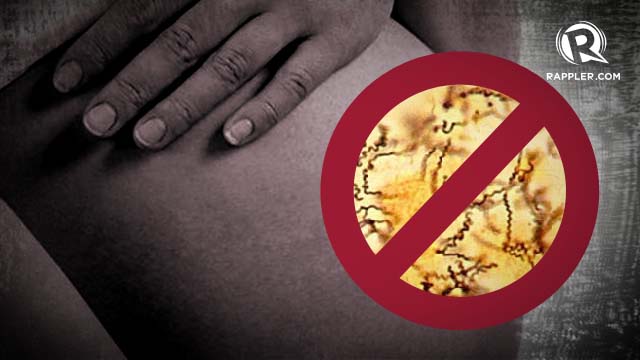SUMMARY
This is AI generated summarization, which may have errors. For context, always refer to the full article.

KUALA LUMPUR, Malaysia – The prevention and elimination of mother-to-child transmission of Syphilis will significantly reduce child mortality and improve maternal health, according to the World Health Organization (WHO).
In a study presented by the WHO, approximately 1.4 million pregnant women were infected with Syphilis in 2008. If untreated, a pregnant woman may suffer early fetal loss/stillbirth, neonatal death, prematurity or low birth weight, and congenital syphilis.
“Syphilis can have an adverse medical outcome. Pregnant women with syphilis has one in three chances to lose a baby, have a pre-term delivery or have a baby born with congenital syphilis,” said Dr Marleen Temmerman, WHO director for reproductive health and research.
In 2008, there were an estimated 305,000 stillbirths and fetal/neonatal disease, plus an additional 215,000 infants at increased risk of death from complications of infection related to mother-to-child transmission of syphilis (also known as congenital syphilis).
Late diagnosis
Syphilis, a sexually transmitted infection, can easily be detected and treated with proper screening. Screening involves a simple and inexpensive blood test. Treatment can be easily treated with penicillin; it is recommended that both the woman and her partner are treated.
However, the more difficult problem is getting diagnosed early enough. “Ideally, a pregnant woman should be screened for syphilis at 3–4 months into the pregnancy, but women are at least 20 weeks pregnant or more, when they are diagnosed,” said Temmerman.
Investing in screening and treatment for syphilis in pregnant women is considered one of the most cost-effective antenatal interventions.
Overlooked disease
“Deaths among children under 5 have dropped globally, but we need to look at the age gap. Newborn deaths—death within the first month of life are–on the rise. Eliminating congenital syphilis can greatly reduce that,” said Dr Joy Lawn of the London School of Tropical Medicine.
According to the latest Countdown to 2015 update produced by UNICEF and WHO, newborn deaths now account for 40% of child deaths in 35 countries.
“Syphilis is somewhat an overlooked disease; there has been more attention on preventing MTC transmission of HIV. Screening for HIV and syphilis should be taken together,” said Temmerman.
“We’ve known for at least 20 years how to treat syphilis— it is not a disease that we should still be talking about today,” Temmerman stressed.
Globally, an estimated 11 million people acquired new syphilis infections. The WHO estimated that USD309 million in direct medical costs can be saved by eradicating congenital syphilis.
The study was presented by the WHO at the Women Deliver 2013 conference in Kuala Lumpur, where more than 5,000 delegates gathered to call for political commitment and financial investment to reduce maternal mortality and achieve universal access to reproductive health. – Rappler.com
Add a comment
How does this make you feel?
There are no comments yet. Add your comment to start the conversation.